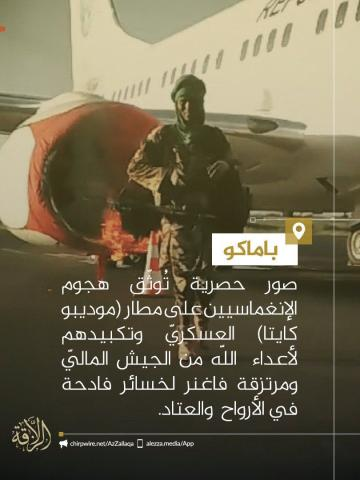At dawn September 17, 2024, the Malian capital of Bamako witnessed one of the most brazen terrorist attacks seen in recent years. Armed gunmen first stormed a barracks of the gendarmerie in the south of the capital and subsequently attacked the military part of the airfield Modibo Keita.
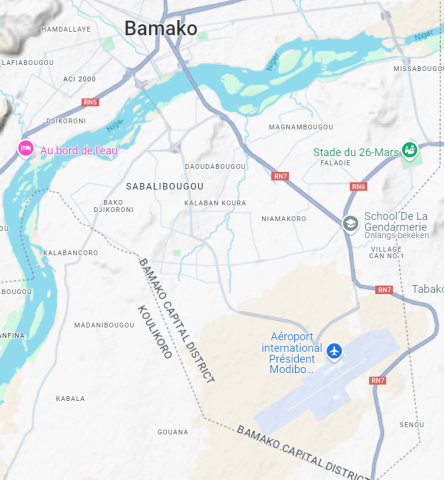
Map 1 : The Gendarmerie Academy and barracks and the International Airport Modibo Keita
While analysts and journalists covering the region wondered whether al-Qaeda’s local branch in the Sahel, JNIM (Group for Support of Islam and Muslims) was responsible, those who follow the Jihadi-terrorists’ activities in the Sahel were certain that it was an al-Qaeda attack. The scale and impact of the operation, however, was larger than any of the attacks recorded since at least December 2022. Furthermore, it was the first recorded Jihadi-terrorist attack since the Bamako Hotel attack in 2015.
By early afternoon on September 17, az-Zallaqa Media, the official media outlet of al-Qaeda’s Sahel branch, claimed the attacks on the barracks and the airfield. The al-Qaeda-linked propaganda outlet reported that the base suffered severe damage, sustaining heavy losses in the ranks of the Malian gendarmerie. They also claimed that the damage at the airport was also significant, as several airplanes and vehicles had reportedly been destroyed or damaged.

Picture 1: First claim of the attacks in Bamako
The scale and impact of these attacks became clear when the Russian language Telegram channel Departamente started publishing videos of the attacks on both the barracks and the airport. In one extremely graphic video, redacted by Le Monde, the immediate aftermath of the attack on the barracks was displayed. It showed dozens of charred bodies, presumably of soldiers burned alive in their bunks in the early stages of the attack.
In response to a claim by the Malian army that it had thwarted the attack, JNIM published a second statement, claiming it had full control over the military airport. Soon after, videos started circulating of a Jihadi-terrorist setting fire to the presidential airplane.

Picture 2: JNIM claims full control over Modibo Keita military airport
Az-Zallaqa Media publishd more pictures later that day. The first eulogized the men leading the attack on the Military Academy. On the right side of the first picture a fighter identified as Salman al-Bambari was named as the leader of the group that attacked and burnt the barracks, killing dozens of people. In a second picture, az-Zallaqa Media identified the leader of the group that later attacked the military airport as ‘Abd as-Salam al-Fulani al-Ansari. Caleb Weiss points out that the fighters’ kunyas indicate their ethnic origin: Salman al-Bambari was an ethnic Bambara, the main ethnic group of Bamako, while Abd as-Salam al-Fulani al-Ansari was a Fulani, one of the largest ethnic groups in the Sahel. As Weiss noted: “the two are representative of JNIM’s diverse recruitment pools and thus meant to highlight the diversity within its ranks.”
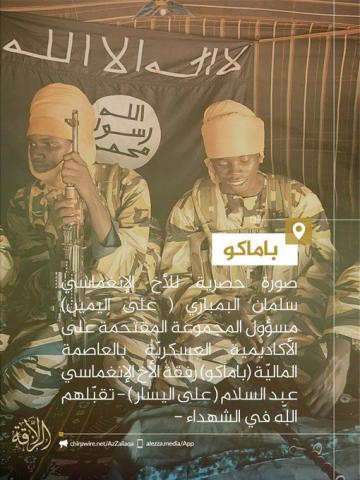
Picture 3: Salman al-Bambari (right) – leader of the group that attacked the military academy
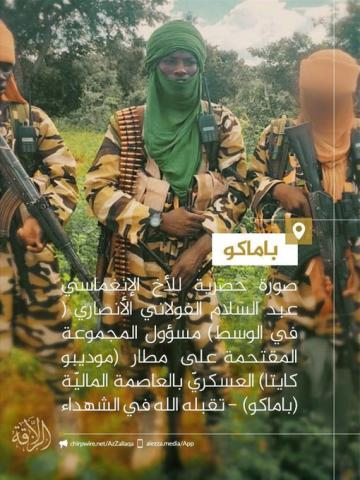
Picture 4: ‘Abd as-Salam al-Fulani al-Ansari (middle) leader of the group that attacked the airport
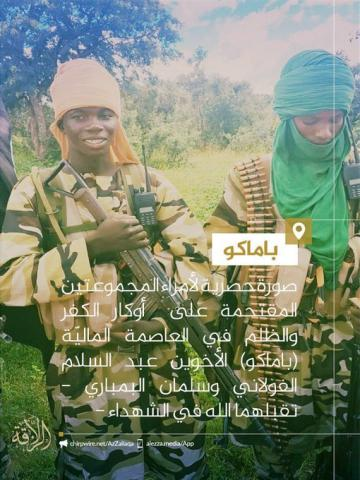
Picture 5: The two group leaders
JNIM was clearly convinced that both group leaders were killed during the operation, as the last picture was captioned “may God accept them as martyrs.” On September 20, however, a video was leaked by the Russian language Telegram group Departamente, showing Salman al-Bambari in a deplorable condition, likely after torture.
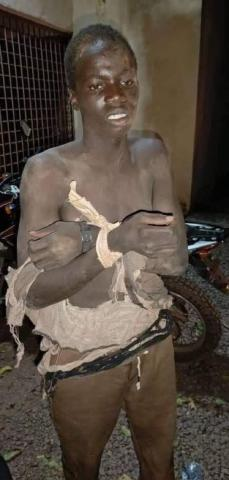
Picture 6: Salman al-Bambari in captivity
In a final statement published hours after the attack, JNIM again claimed both attacks and provided more details on the operation itself. Az-Zallaqa stated that a dozen of its “Inghimasi fighters” killed and wounded hundreds Malian soldiers and Wagner mercenaries in a fierce battle that lasted for 9 hours. “Inghamasa” is the Arabic verb “to plunge into.” “Inghimasi fighters” can therefore be translated as “storm troopers”. These fighters usually fight until they die. In the attack of these terrorist storm troopers six aircraft were completely destroyed, including one drone, and four others were badly damaged. Dozens of vehicles were destroyed. According to Az-Zallaqa Media, all terrorist fighters were killed during the operation.
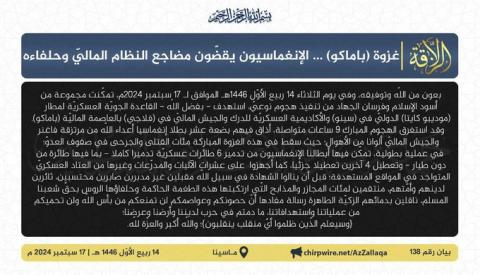
Picture 7: The final statement on the operations in Bamako.
On September 20, az-Zallaqa Media published an infograph showing the full impact of the operations. JNIM claimed that it had killed or wounded more than 200 Malian soldiers and Russian mercenaries and had lost 13 fighters. According to the terror group, 10 aircraft and more than 20 vehicles were destroyed. These numbers are more or less corroborated by independent Western media sources such as Le Monde: “Une source sécuritaire a fait état de 77 morts et 255 blessés. Un document confidentiel officiel authentifié rapporte une centaine de morts et cite nommément 81 victimes.” Reuters News Agency also reported dozens of victims: “Two diplomats serving in the region, including one based in Bamako, said the death toll was believed to be in the 70s. (…) A third diplomat based in the region said hundreds were believed dead and wounded (…)”.
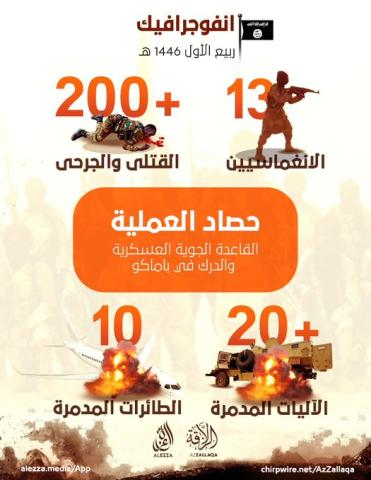
Picture 8: Infographic by az-Zallaqa Media on the toll of the operations in Bamako
If the Sahel’s current trajectory is not significantly altered, the question is not if countries like Mali, Burkina Faso, and Niger will eventually succumb to the continuous Jihadi-terrorist violence but when. As stated recently in this blog: “As predicted one year ago, the situation in these countries, which are most affected by Jihadi-terrorist violence, is deteriorating rapidly. Mali, Burkina Faso, and Niger have reached such severe levels of chaos and anarchy that a rapidly increasing number of people are internally displaced, and/or try to flee to Europe by crossing the Atlantic from Mauritania to the Canary Islands.” The only question that remains for now is when and how the rapidly deteriorating security situation in the Sahel will translate into significant domestic security challenges for Europe.
